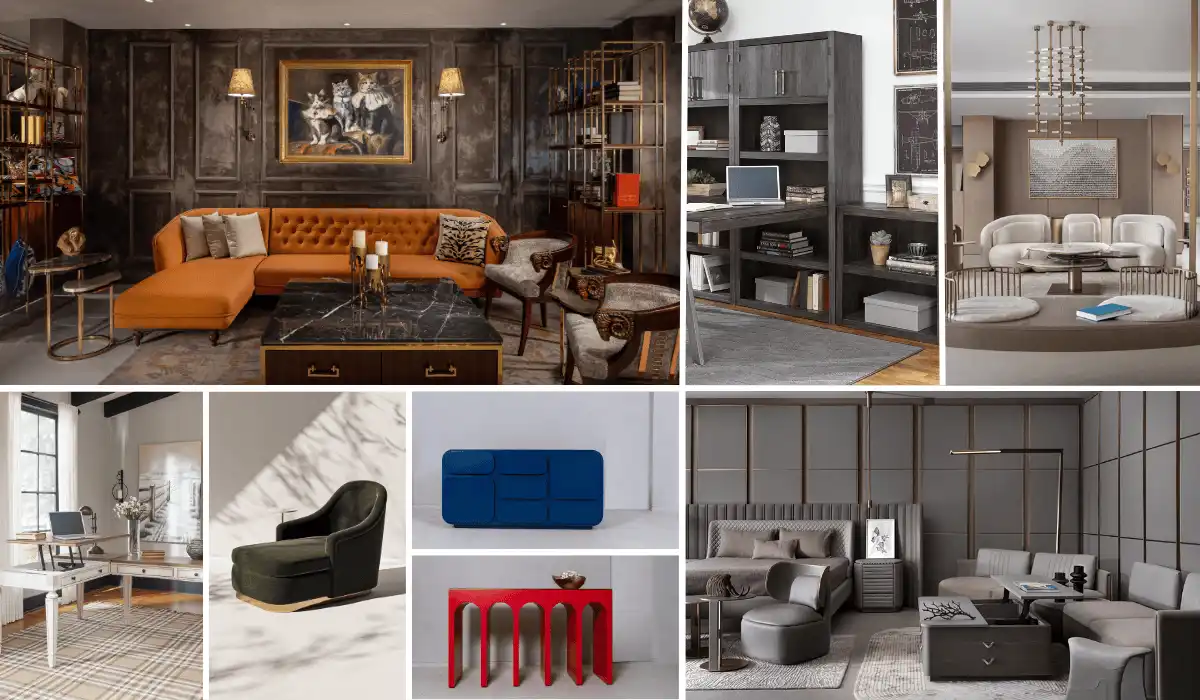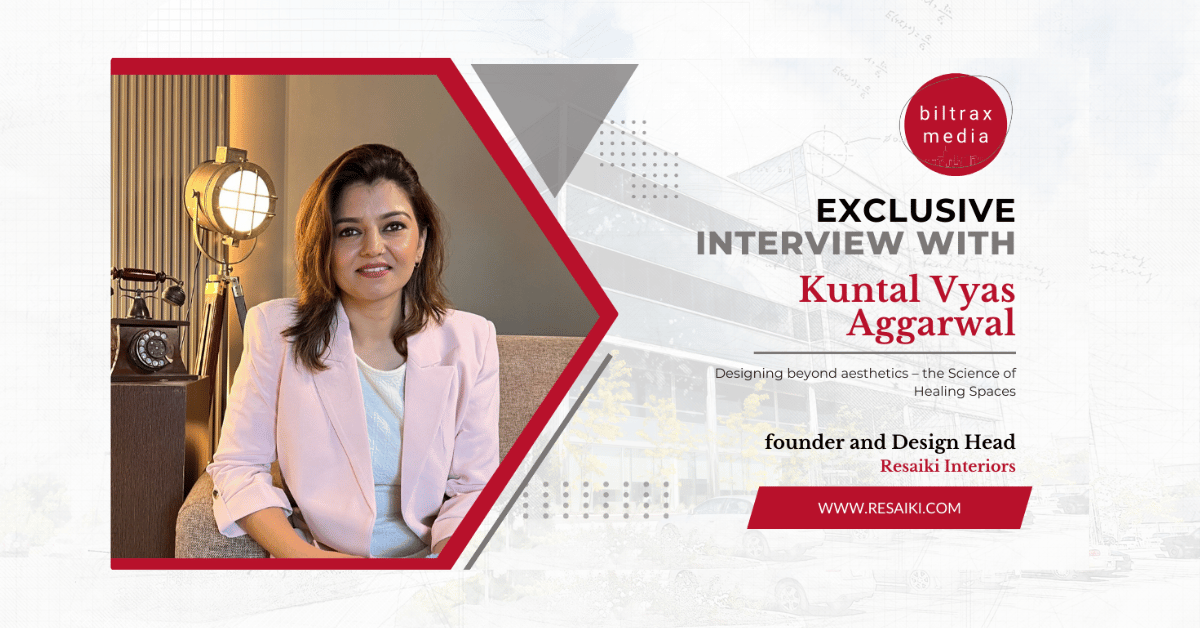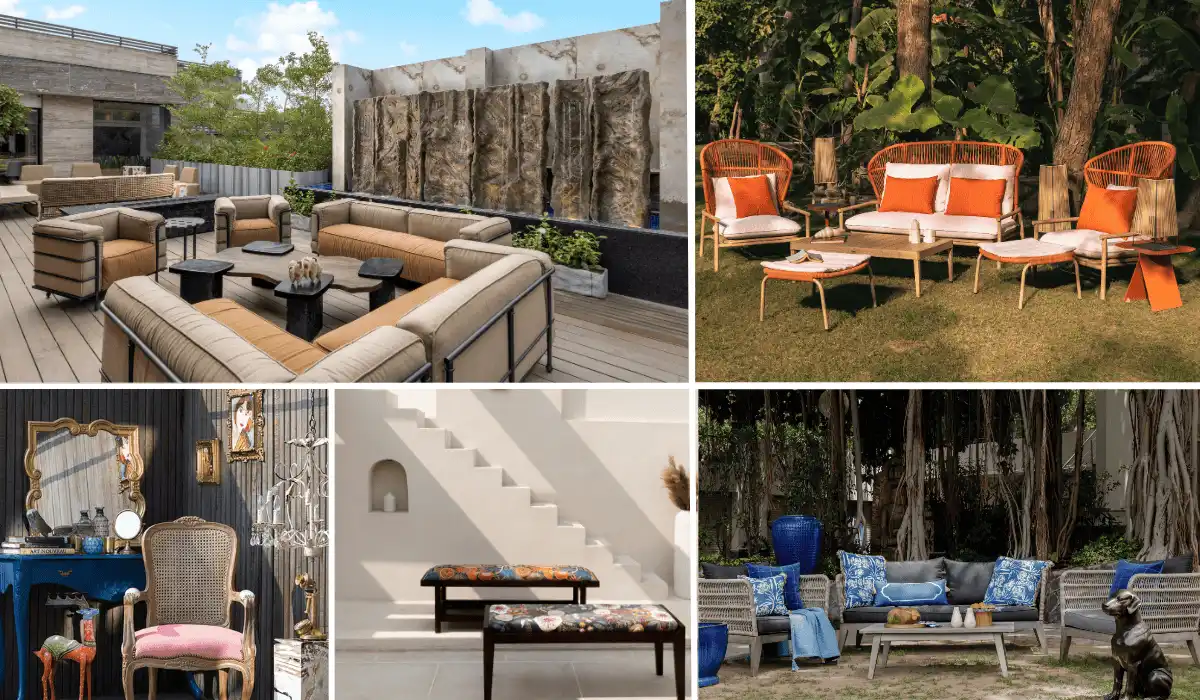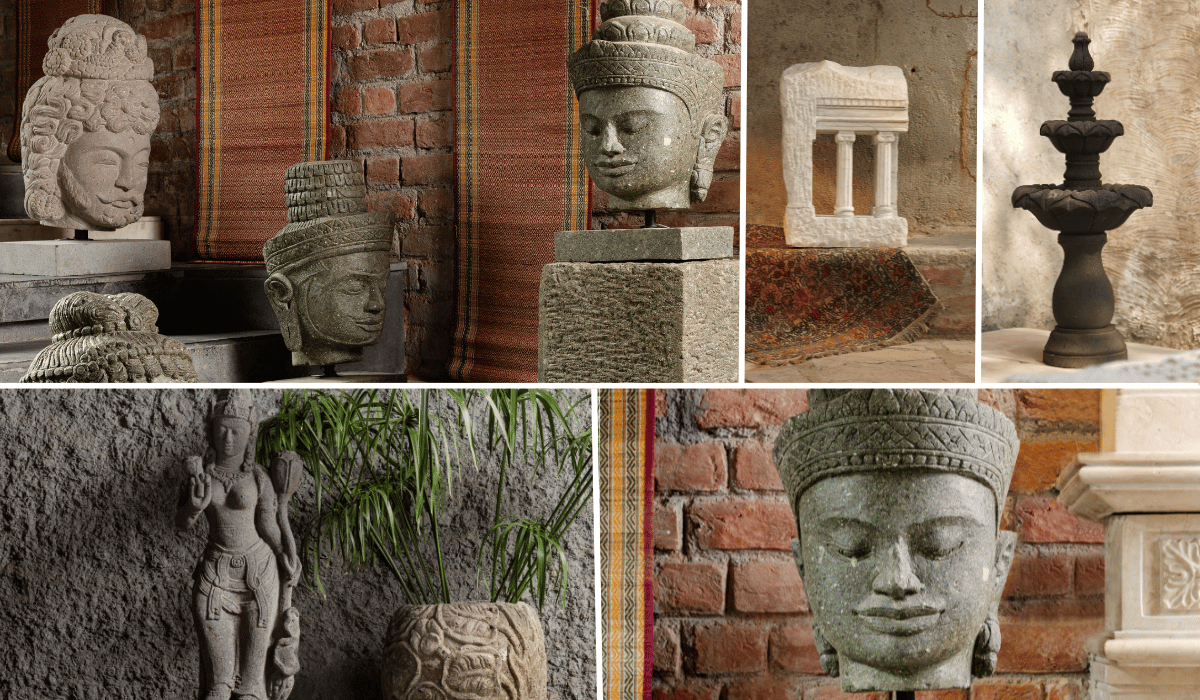In Healthcare design, crafting spaces that seamlessly merge aesthetics with functionality is paramount. These environments transcend mere structures, serving as catalysts for healing and well-being. Architects, driven by a commitment to patient-centric design, navigate a nuanced landscape where every element serves a purpose. Hence, a design philosophy must fit the current and future requirements. It must be based on functionality, efficiency, flexibility, sustainability and aesthetics which fits perfectly with the current and future requirements.
Surpassing Built Forms and Honoring the Human Factor in Design
At the heart of every healthcare project lies a profound understanding of the human experience. Hospitals are not mere buildings but dynamic ecosystems where patients, families, medical professionals, and visitors converge. As such, the design process must prioritize the creation of spaces that not only facilitate medical care but also promote a sense of calm and comfort amidst potentially daunting circumstances.
Achieving this delicate equilibrium requires a multifaceted approach. It begins with a thorough site analysis, considering natural light, ventilation, and access to green spaces. These elements play a crucial role in fostering healing environments that support the physical, emotional, and psychological well-being of patients and staff alike.
Recalling Francis DK Ching, who aptly states, ‘Architecture is the thoughtful making of space,’ a sentiment deeply embedded in hospital design philosophy. Here, the focus extends beyond physical structures to embrace the holistic needs of patients, caregivers, and medical professionals.


Striking a Chord: Balancing Function and Emotion
Achieving this balance is tricky and a skill in itself. Architects and designers must navigate a complex landscape of needs – ensuring efficient workflows for medical staff, optimal accessibility for patients with varying abilities, and stringent infection control measures. However, this pursuit of practicality should not overshadow the needs of the human experience. Designers must consider factors like natural light, color palettes, and artwork, all of which contribute to a more positive and calming environment.

Sustainability: Caring for Patients and the Planet
Sustainability emerges as a cornerstone of modern hospital design, with green building practices woven into the fabric of architectural planning. From energy-efficient systems to recycled materials, each decision reflects a commitment to both patient well-being and environmental stewardship. “Our goal is to create structures that are not only visually appealing but also intelligent and sustainable,” explains Ar. Parul Agarwal, Co-founder and Director, Renascent Consultants highlighting her dedication to timeless design principles.

Every Nook and Cranny: Elements of Impactful Healthcare Design
The design extends far beyond patient rooms. Public areas such as waiting rooms and cafeterias play a crucial role in reducing stress and creating a sense of community. Careful consideration is given to acoustics, ensuring a calming atmosphere. Access to outdoor spaces, even small courtyards, can offer a much-needed connection to nature and fresh air. For Parul Agarwal, integrating biophilic elements in hospitals and medical institutions enhances healing environments and reduces monotony, fostering connections with nature to promote well-being and accelerate patient recovery.

Optimising Healthcare Environments through Functional Structural Design
Dushyant Kumar with his structural expertise focuses on optimizing architectural layouts to maximize space efficiency, streamline patient care pathways, and facilitate smooth operational workflows for medical staff. With a focus on practicality and precision, he ensures that structural elements are seamlessly integrated to enhance the functionality and effectiveness of healthcare environments.

The Future of Healing Spaces: Innovation Never Sleeps
Hospital design is a constantly evolving field. Architects embrace cutting-edge technologies such as biophilic design principles that incorporate natural elements. By prioritizing human-centred design, sustainability, and continuous innovation, architects can create spaces transcending simply treating illness. Interdisciplinary collaboration with healthcare professionals and researchers allows for the integration of evidence-based design strategies, ensuring spaces are aesthetically pleasing and demonstrably improve patient outcomes.
Also Read: Rise of Luxury Hospitals: Elevating India’s Medical Tourism

Biltrax Construction Data is tracking 30,000+ projects on their technology platform for their clients.
Get exclusive access to upcoming projects in India with actionable insights. Furthermore, gain a competitive advantage for your products in the Indian Construction Market.
Visit www.biltrax.com or email us at contact@biltrax.com to become a subscriber and generate leads.
Disclaimer: The information herein is based upon information obtained in good faith from sources believed to be reliable. All such information and opinions can be subject to change. Furthermore, the image featured in this article is for representation purposes only. It does not in any way represent the project. If you wish to remove or edit the article, please email editor@biltrax.com.
Discover more from Biltrax Media, A Biltrax Group venture
Subscribe to get the latest posts sent to your email.






















